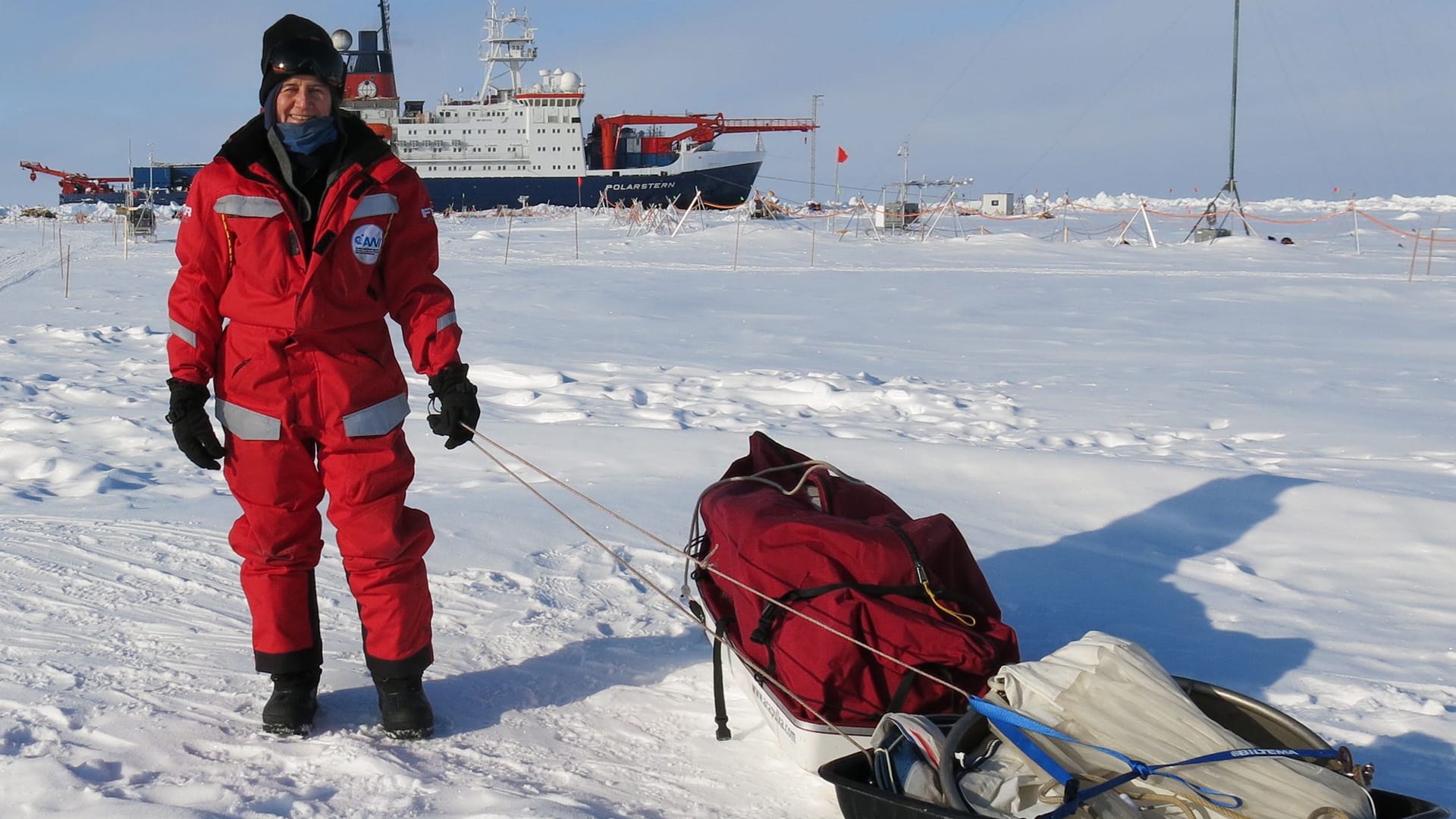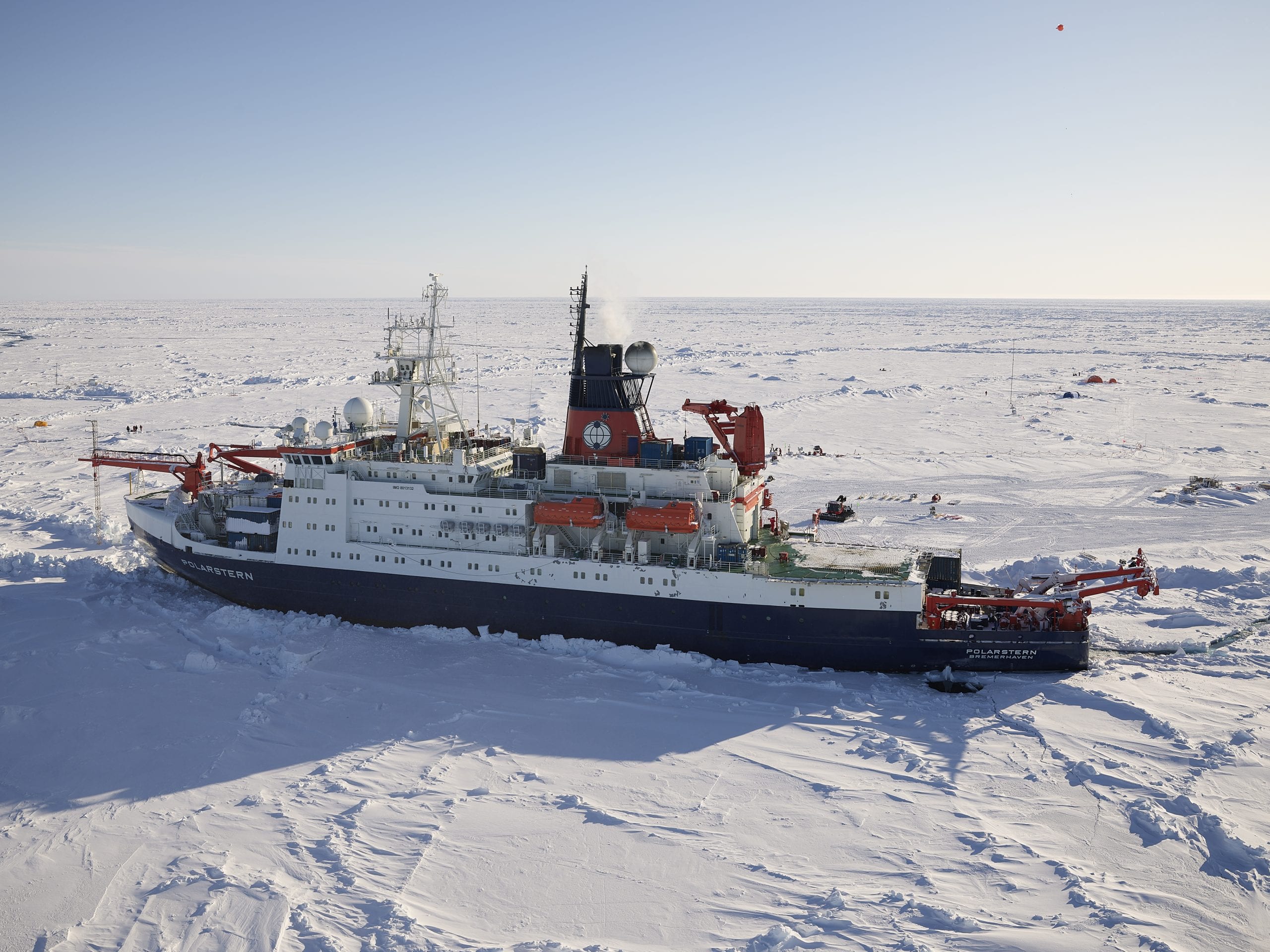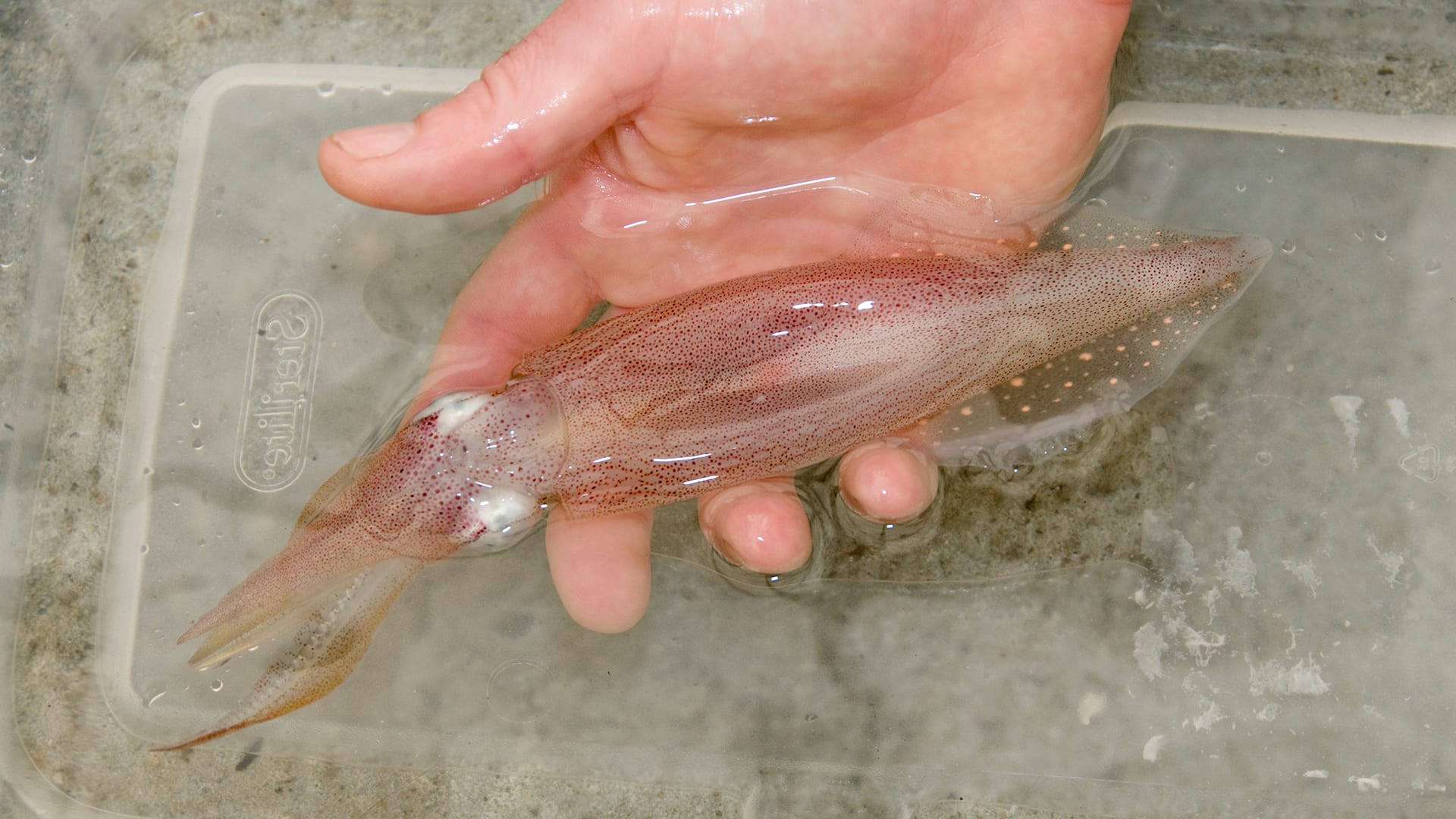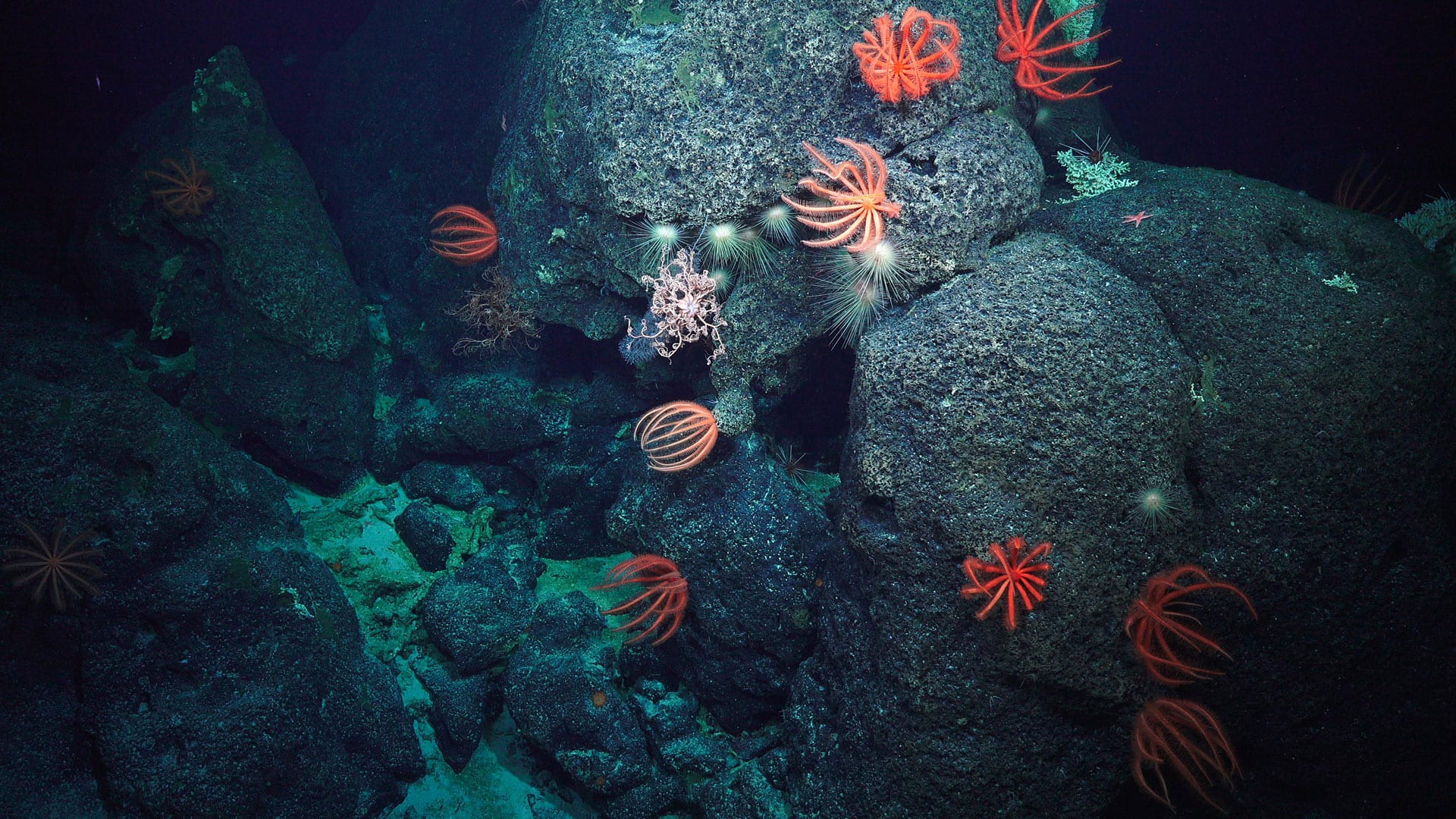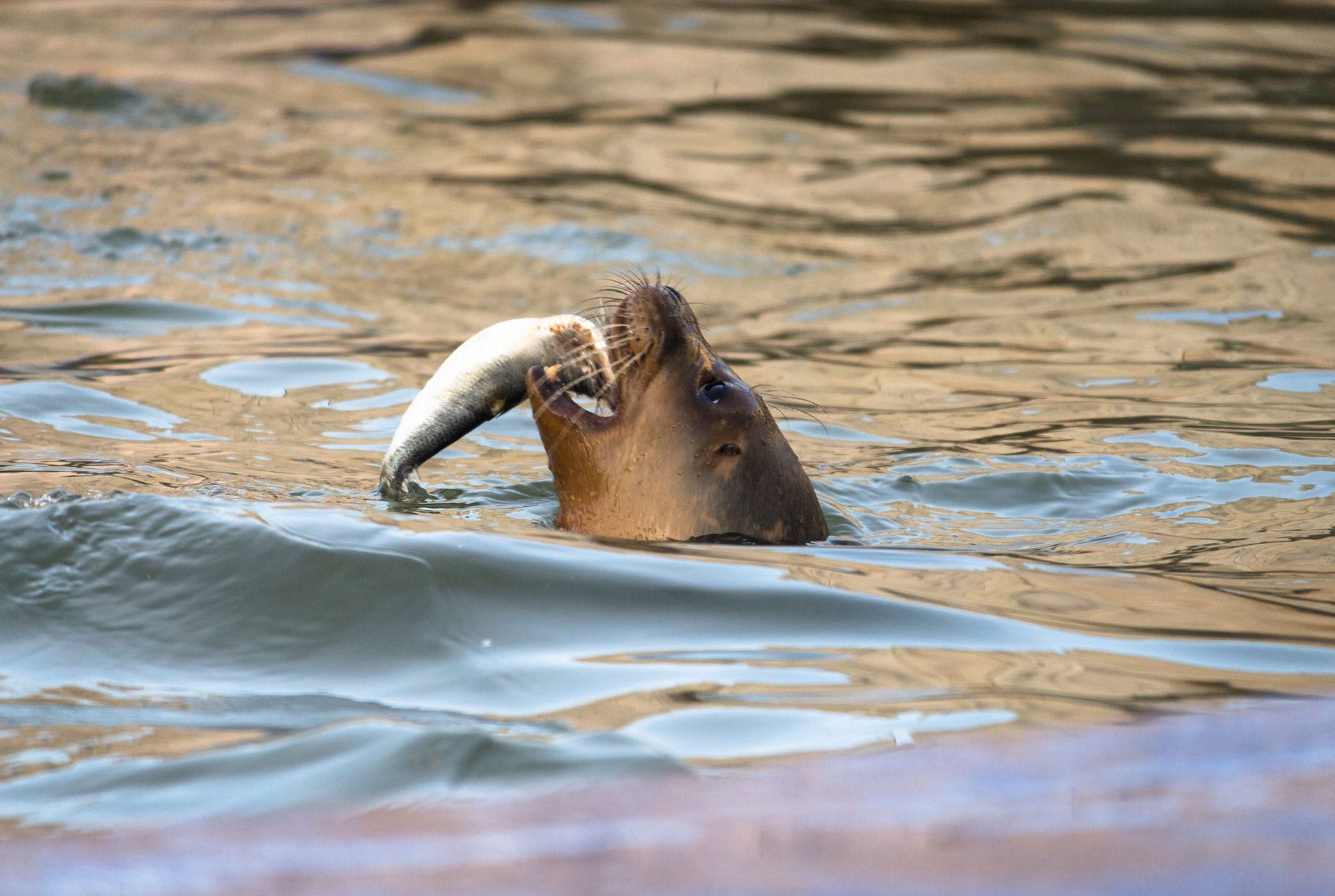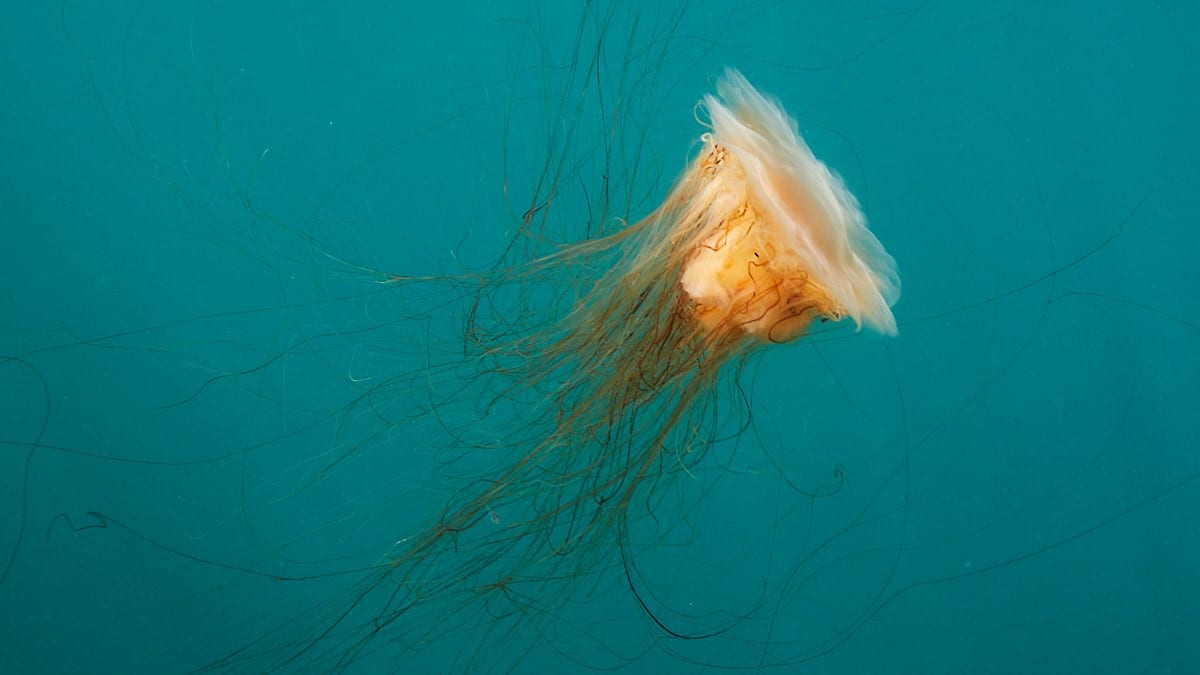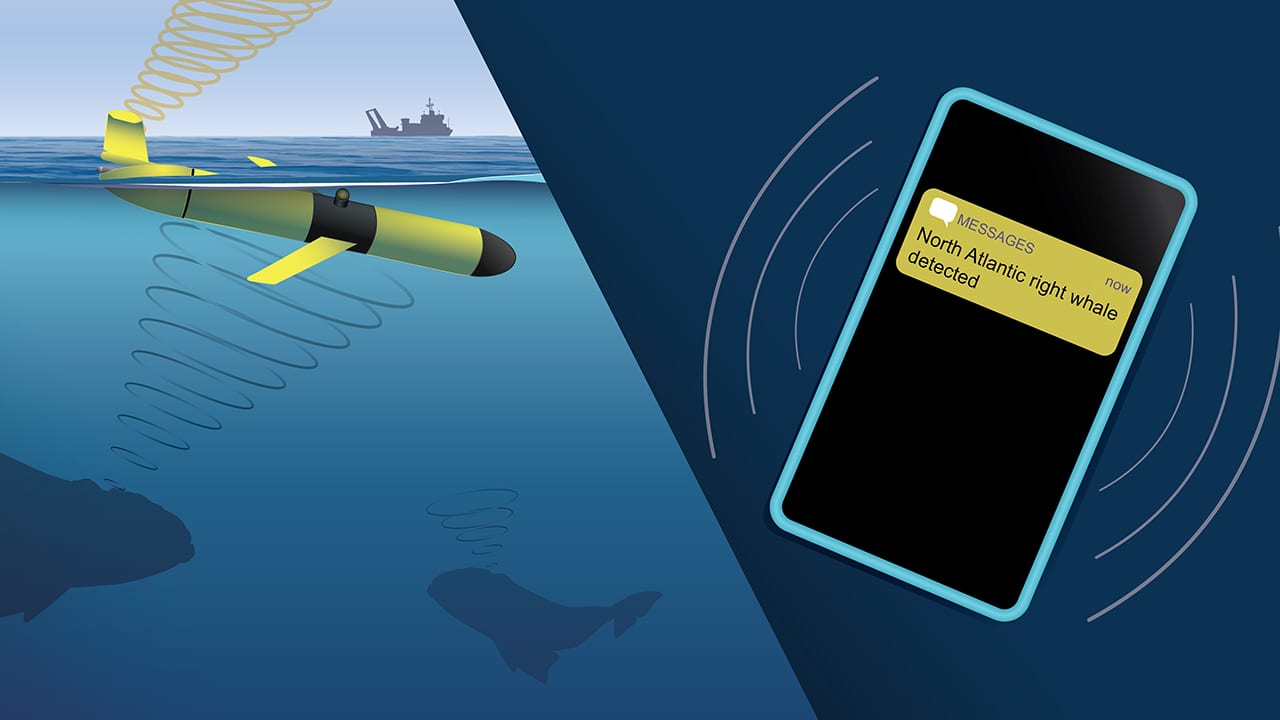Biology
Woods Hole scientist part of MOSAiC expedition that spent year researching Arctic ecosystem
The research vessel Polarstern returned to its home port in Germany Monday after spending a year locked in thick sea ice, floating in the Arctic Ocean and gathering data.
Read MoreWHOI oceanographer completes epic Arctic mission
The largest Arctic science expedition in history has ended, with the return of the German icebreaker Polarstern to its home port of Bremerhaven more than one year after it departed Tromso, Norway.
Read MorePandemic Quiet Means We Can Eavesdrop on Rare Australian Dolphins
According to Laela Sayigh, from WHOI, who is not involved in the Burrunan research, identifying which dolphin in a pod is vocalizing at a particular time is key to deciphering their communication systems.
Read MoreArctic Science Mission Wraps Up as Research Ship Docks in Germany
After a year spent drifting across the top of the world, frozen in sea ice, a German research ship returned home on Monday, ending the largest Arctic science expedition in history.
Read MoreEpic Arctic Mission Ends
An epic mission ended as the German icebreaker Polarstern returned home Oct. 12, 2020, after being frozen near the top of the world for nearly a year to study all aspects of the Arctic system.
Read MoreWHOI receives NOAA awards to study, predict harmful algal blooms
Researchers at WHOI were recently named in a list of 17 new research projects funded by the NOAA to improve the nation’s collective response to the growing problem of harmful algal blooms.
Read MoreExperts Explore the Ocean-Human Health Link
Eleonora Van Sitteren Guest Student, Lindell Lab I work with the Lindell Lab group at WHOI on a selective breeding program with sugar kelps. These can be used as a…
Read MoreWHOI receives NOAA awards to study, predict harmful algal blooms
Projects will help enhance monitoring and determine socioeconomic impacts of blooms nationwide Researchers at Woods Hole Oceanographic Institution (WHOI) were recently named in a list of 17 new research projects…
Read MoreNew Technology Can Save the Whales from Ship Collisions
Researchers from WHOI and their collaborators developed Whale Safe, a new detection system provides mariners with up to date information about whales present in shipping lanes.
Read MoreListening to fish with passive acoustics
Scientists at the Woods Hole Oceanographic Institution and NOAA Fisheries combine forces to adapt technologies used to detect marine mammals for fisheries management.
Read More‘The Blob’: Low-oxygen water killing lobsters, fish in Cape Cod Bay.
While it was valuable data for the team of marine fisheries scientists, the Center for Coastal Studies and the Woods Hole Oceanographic Institution that were trying to solve the mystery…
Read MoreMeet the new wash-ashore: Portuguese man-of-war
“They most likely arrive here via the Gulf Stream and then get blown or drift on shore,” Larry Madin, a retired senior scientist with the Woods Hole Oceanographic Institution.
Read MoreWhy we explore deep-water canyons off our coast
WHOI biologist Tim Shank joins NOAA Fisheries, the National Centers for Coastal Ocean Science, the National Ocean Service, and the Mid-Atlantic Regional Council on the Ocean (MARCO) to study the ecological diversity and economic value laden in the 90 underwater canyons along the northeast U.S. continental shelf
Read More145 invasive European green crabs caught in Drayton Harbor
Washington Sea Grant is working with Carolyn Tepolt, a researcher at WHOI in Massachusetts, who studies population genetics and has the most extensive dataset on West Coast green crab populations.
Read MoreFighting algae with clay, sponges and floating barriers: Cape Coral canals are helping researchers find what works
As the Earth’s climate changes, blooms have become more frequent and severe, and the hunt for solutions has intensified, said algae scholar Don Anderson, senior scientist at WHOI in Massachusetts,…
Read MoreResearching phytoplankton 2000 miles from shore aboard the R/V Atlantis
Don’t be fooled by phytoplankton’s microscopic size, the creature is among the most vital organisms for the ocean and planet’s survival.
Read MoreThe Ocean Race Summits return to Newport, RI, USA, to shine a light on ocean health
On September 16, from 10am to 1pm EDT hosts Danni Washington (marine biologist, TV host and science communicator), Liz Bonnin (biochemist, wild animal biologist and TV presenter) and Niall Myant-Best…
Read MoreScientists returning to site of 1898 shipwreck off Mass. waters that killed more than 190 people
Scientists on Tuesday will once again explore wreckage from the steamship Portland, which sank in 1898 in waters off Massachusetts, killing more than 190 people in what became known as…
Read MorePenguins Are Nature’s Best Snugglers
It turns out that penguins execute their huddles with a high degree of mathematical efficiency, as Blanchette and his team discovered. More recently, Daniel Zitterbart, a physicist at Woods Hole Oceanographic…
Read MoreScientists and fishermen team up to film seals in fishing nets
Seals find ease in taking a meal already ensnared in wall-like gillnets cast by fishermen, but at what cost? WHOI biologist Andrea Bogomolni works with the fishing community to record and observe this behavior with the hopes of mitigating marine mammal bycatch
Read MoreShark sightings are up, along with ocean temperatures. Here’s what to do if you encounter a shark.
“If they preyed on humans, there would be humans dead everywhere,” said Simon R. Thorrold, a biologist at WHOI in Massachusetts. “It would be a bloodbath out there.”
Read MoreWHOI Scientists Make Woods Hole Film Festival Appearance
Woods Hole Oceanographic Institution (WHOI) scientists appear in two shorts and a feature film at this year’s Woods Hole Film Festival (WHFF). In addition, scientists will also participate in Q&A…
Read MoreJellyfish larger than blue whales?
Recent accounts in the media have described the appearance of lion’s mane jellyfish in waters and beaches in the Northeast as a surprising, sometimes troubling, event, with record sizes and numbers reported from Maine to the Massachusetts south coast. But is this event noteworthy? Or, as some have implied, is it a sign of failing ocean health? Three WHOI marine biologists weighed in to put events into perspective.
Read MoreTeaming up for right whales
Researchers from WHOI and NOAA combine underwater gliders with passive acoustic detection technology to help protect endangered species from lethal ship strikes and noise from offshore wind construction
Read More
